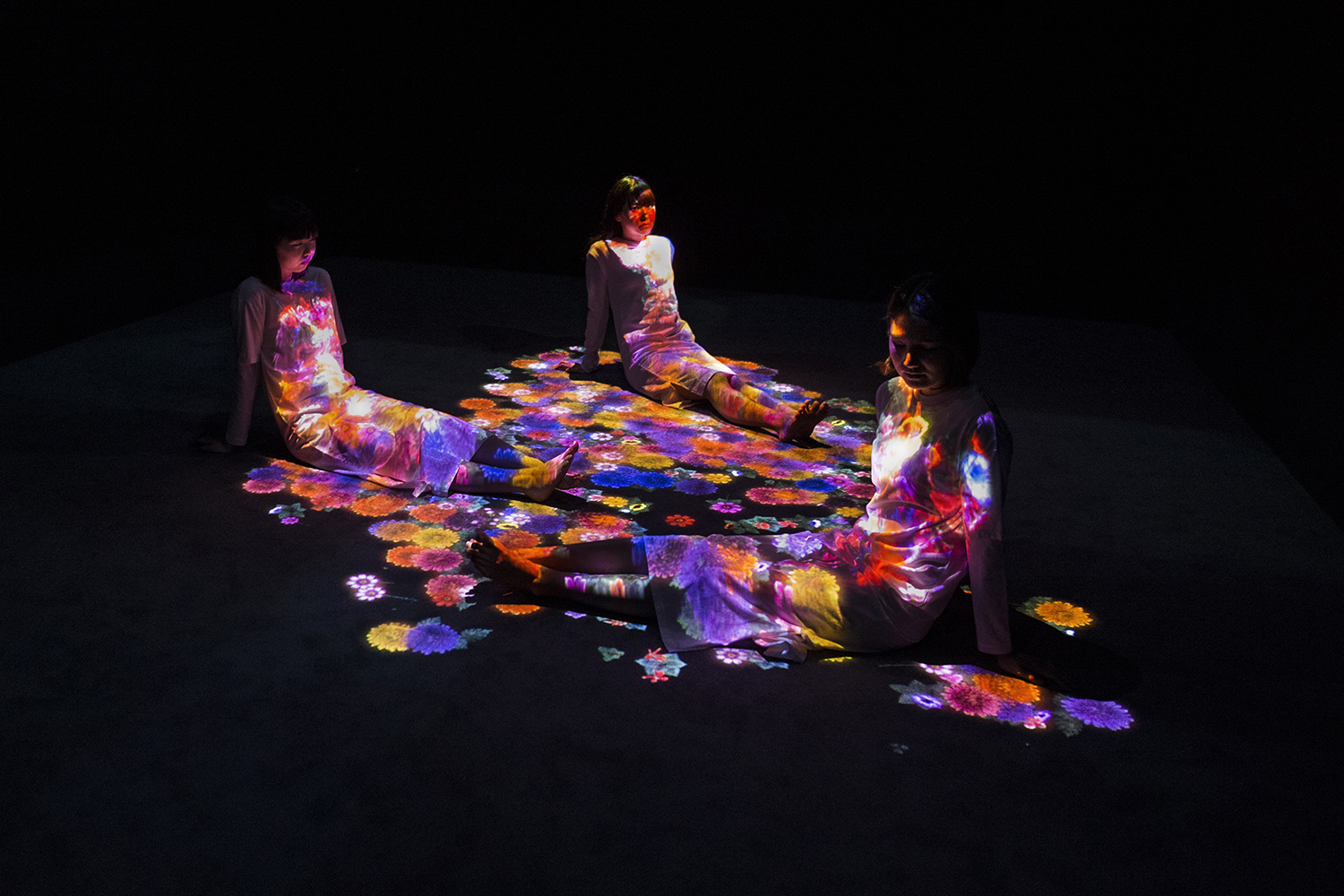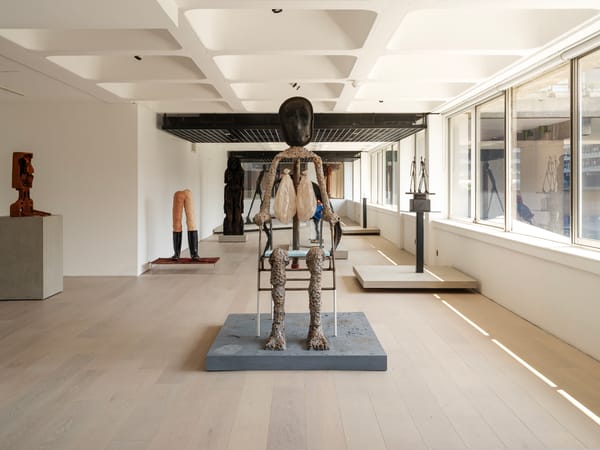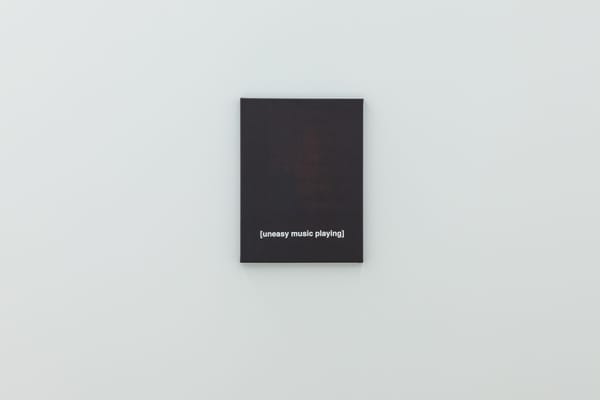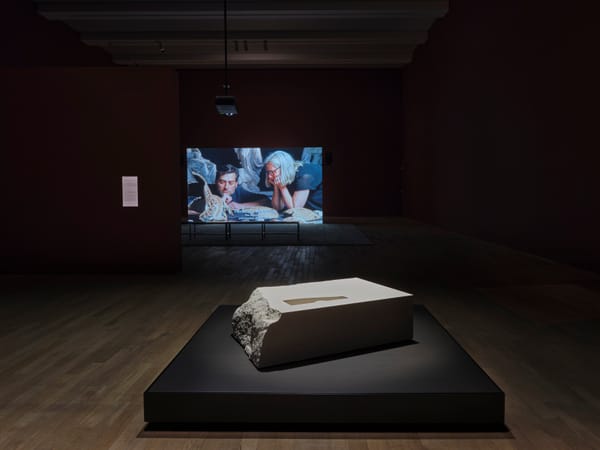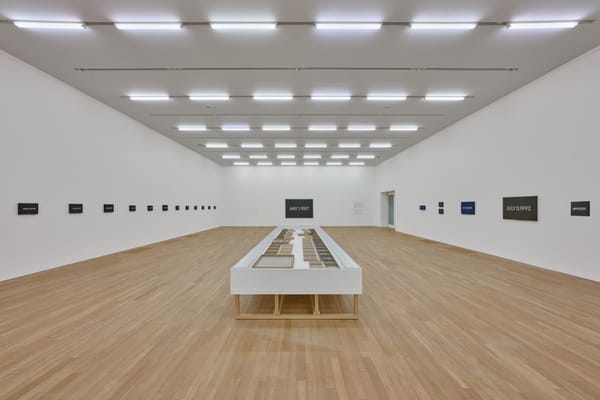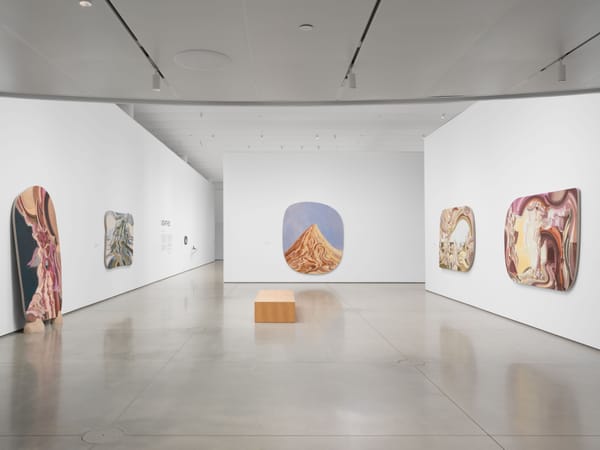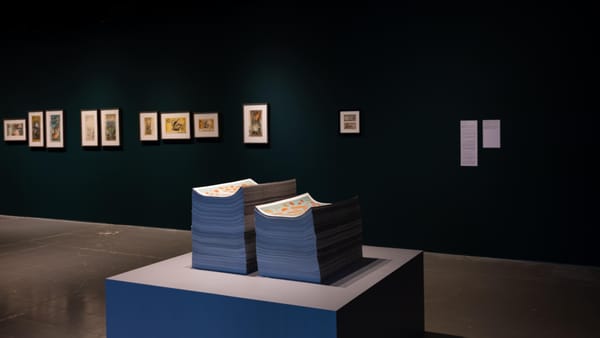Shows
TeamLab’s “Transcending Boundaries”
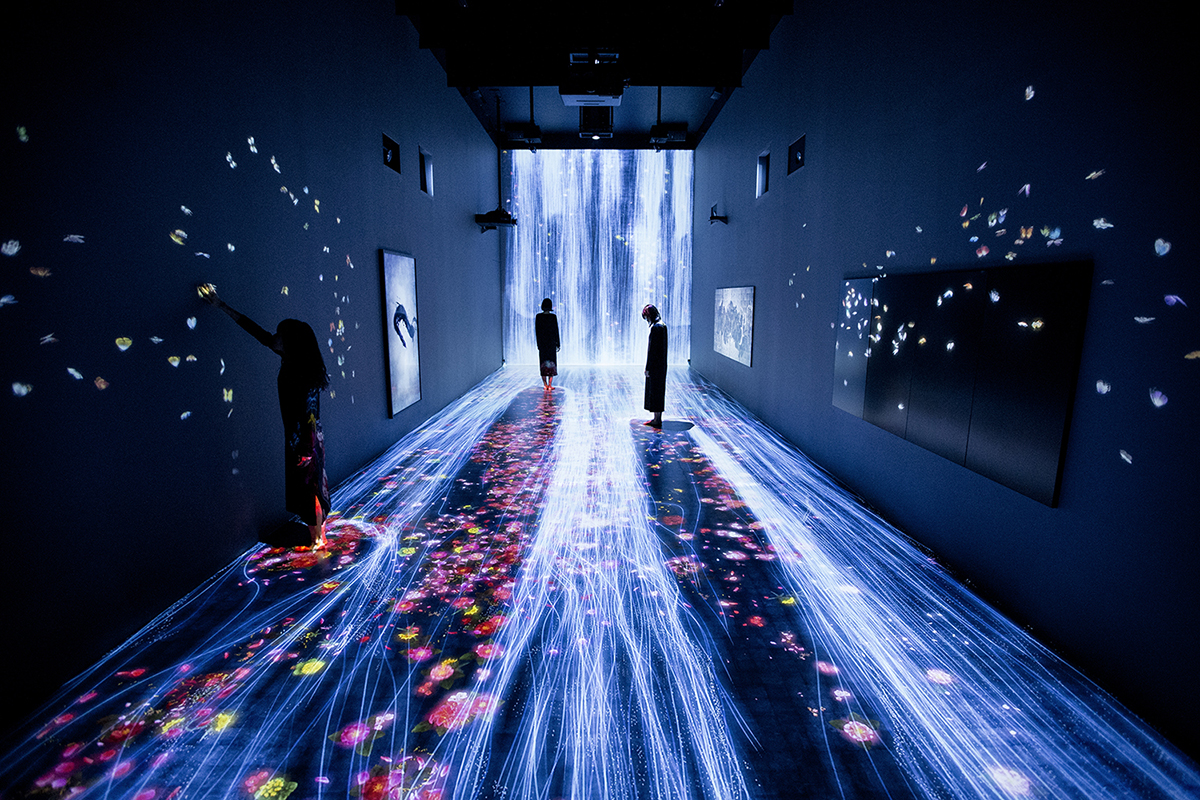

TeamLab is a growing collective of 400 ultratechnologists founded in Tokyo in 2001 by Toshiyuki Inoko after studying mathematical engineering and information physics at the University of Tokyo. Comprising of fellow engineers, CG animators, artists, mathematicians, architects, programmers and editors, the studio has become an anomalous presence in the contemporary art world. Working at the intersection of art and digital design, their “post-art art” offers immersive digital installations reactive to audiences. However, its work has had its skeptics, with critics dubious of its value and art world credentials. But if Instagram coverage is a metric of success, teamLab’s work is clearly enthusing viewers and its inclusion in a number of museum shows and collections including Museum of Contemporary Art, Tokyo, and Asia Society Museum, New York, suggests it is able to sustain its silicon-valley hype.
Pace London this month has seen the group ensconcing audiences in pools of water, expanses of sunflowers and a kaleidoscope of butterflies in three environments reserved only for the few, through online ticketing. This limited accessibility, fast becoming a trope of parallel virtual reality installations, contrives a sense of intimacy both with the artworks and between viewers who are in part reliant on each other to manifest the work. This renders no experience the same and makes the first step through a blackout curtain into the exhibition and its fantasy soundscape appear a privilege.


Once the viewer’s feet touched the concrete floor of the first gallery space, an installation comprising of six works was activated. Butterflies born from Flutter of Butterflies Beyond Borders, Ephemeral Life (2017) launched and spread across the darkened room traveling across the walls, through three digital wall-based works, The Void (2016), Impermanent Life (2017), and Enso (2017), toward bright blue lines of tumbling water particles which at times flowed onto the floor toward the entrance. Movement closer to the virtual water source activated flowers, which scattered across the floor ahead of the viewer. As the piece Flowers and People, Transcending Boundaries – A Whole Year Per Hour (2017) developed, over the course of an hour, seasonal flowers blossomed, grew and eventually died, leaving individual petals disappearing into the ground.
These constellations of flowers were repeated in the virtual waterfall, Universe of Water Particles, Transcending Boundaries (2017) the centrepiece of the room. Viewers could effectively enter into this water, watch the streams splash around them, and direct its flow through their touch. Given this responsibility to conduct the room in this way—inducing the cycles of butterflies, flower and water—provides insight into the collective’s environmental concerns, and its desire to enhance connections with nature. Toshiyuki Inoko once stated in an interview, that he intends for teamLab’s “themes—creativity, play, exploration, immersion, life, and fluidity—[to] seep into the broader conscience.”

This message was reiterated in the subsequent rooms featuring Dark Waves (2016) and Flowers Bloom on People (2017). Expanding on their philosophy of “ultrasubjective space”—a form of non-perspectival depiction that is derived from traditional Japanese painting—Dark Waves (2016) presented a swell of three-dimensional virtual monochrome waves surging across a six-panelled mounted screen. In contrast with the other rooms, this piece required more contemplation, and without an overt interactive element, its inclusion in the show felt incongruous, overshadowed, and perhaps was unable to meet its ambition of connecting viewers with historic perceptions of the natural world.
The returning to performativity and playfulness in the final installation, Flowers Bloom on People (2017) brought the focus back teamLab’s strengths. Provided with white capes to increase the visibility of the piece, the entry of the participants into the dark gallery triggered the slow blooming of sunflowers upon each visitor. The flowers followed their feet and eventually created pools that spread in the direction of other visitors. A carpet of flowers in varying stages of life and death appeared shortly after the presence of the audience and faded as they left.
It is the transience, ethereality and fragility of this experience, which makes teamLab’s work appealing. Viewers are the final arbiters of this world, and rendering them capable of orchestrating its transformation. “Transcending Boundaries,” as with their other exhibitions and installations, most significantly facilitates new relationships between audiences. Giving each viewer influence over the exhibition, prompting interaction with others, and encouraging the reproduction of this experience through social media, the experience changes artwork viewing practices and expectations, and is perhaps the fundamental contribution of this collective.
TeamLab’s “Transcending Boundaries” is on view at Pace London until March 11, 2017.
